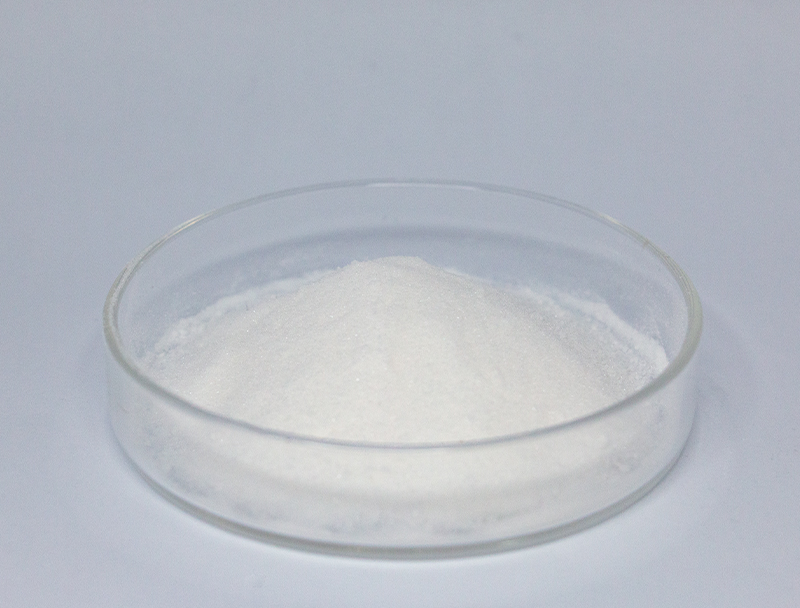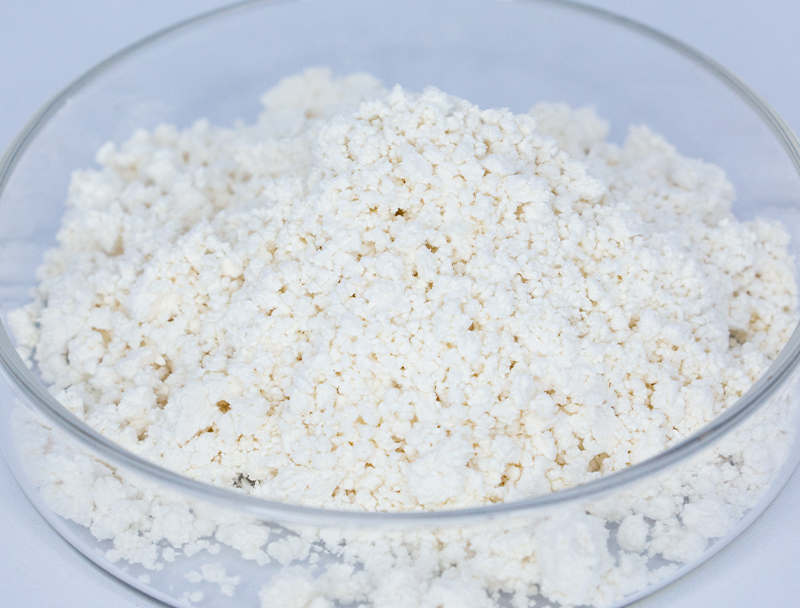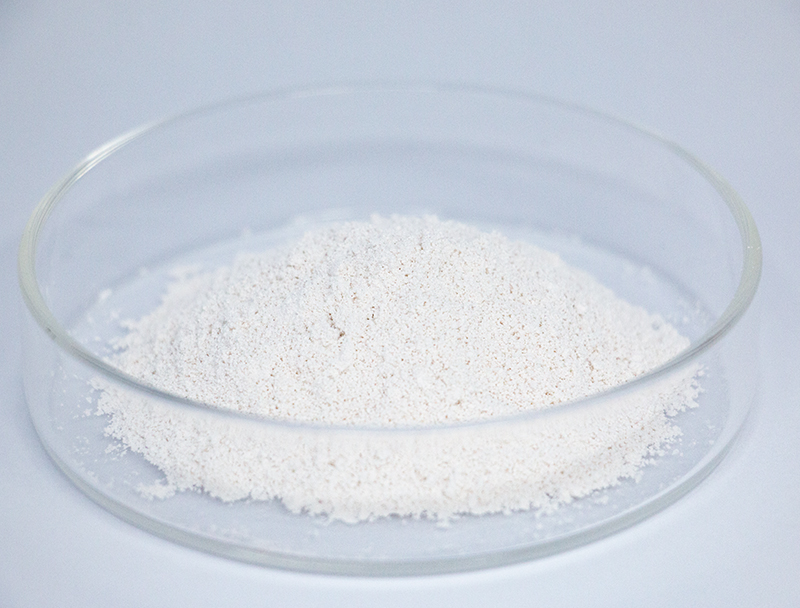
Bioprocessing depends strongly on an extensive collection of raw materials to produce innovative bio-based products.
Guaranteeing durable supply chain sourcing forms the foundation of durable, responsible industrial growth.
many concerns related to standard raw input procurement for example habitat harm and overextraction of resources. Accordingly, manufacturers should embrace green sourcing tactics to shrink their ecological impacts.
- Cases of responsible feedstock strategies feature:
- Using repurposed agricultural residues as substrates
- Integrating recovery systems to shrink waste while improving throughput
- Working with community-based suppliers that follow ethical standards
Moving toward responsible sourcing creates ecological improvements and economic resilience.
Advancing Biomass Preparation for Elevated Biofuel Production
Optimizing biofuel yields depends strongly on feedstock quality and makeup. Investigators regularly test new routes to upgrade biomass inputs, facilitating elevated yields and a renewable energy transition. Programs combine genetic improvement for biomass productivity with conversion technologies to access fermentable substrates.
- Likewise, initiatives explore candidates such as algal biomass, process wastes, and agricultural leftovers to extend sustainable feedstock availability for fuels.
- Owing to ongoing work the biofuel domain is primed to reach substantial milestones advancing renewable energy adoption.

Upstream Process Improvements for Modern Biopharma Production
covers the early phases of biopharma production including culturing and biological harvesting Ongoing innovations have accelerated process enhancement leading to greater yields.
Pivotal enhancements embrace high-performance cell lines, balanced media compositions, and intelligent reactor control systems. These innovations not only enhance productivity but also minimize production costs and environmental impact.
- Concurrently, continuous manufacturing approaches bring amplified flexibility and more consistent upstream outcomes.
- This transition to advanced manufacturing techniques is set to transform the sector and accelerate therapeutic timelines.

Molecular Editing Strategies to Increase Bioproduct Output
improvements in molecular editing platforms like CRISPR have updated therapeutic production processes. Via deliberate gene edits, teams amplify protein expression for higher yields. This capability can unlock development of cost-efficient, high-performance biologics for many conditions.
Microbial Approaches to Effective Bioremediation
progressive microbe-based cleanup tactics that mitigate industrial pollution. Microorganisms possess the remarkable ability to degrade and transform harmful pollutants into less toxic substances.. Harnessing microbe-based degradation fosters cleanup tactics that minimize environmental disruption and residual waste.. Analysts explore microbial consortia for targeted removal of metal toxins, pesticide residues, and petroleum contaminants.. Microbial strains work in bioreactor settings or on-site applications to convert pollutants through biological pathways..
The use of microbial biotechnology in bioremediation offers several advantages over conventional methods. These methods are economical and eco-conscious while reducing hazardous secondary waste. Additionally, microbial tactics can target contaminants selectively while preserving surrounding ecological systems. Advancements continue apace to increase the speed, efficiency, and applicability of microbial remediation techniques.
Leveraging Bioinformatics for Novel Therapeutics
Data-driven bioinformatics is critical for modern pharmaceutical innovation. From predictive screening to lead refinement, computational biology underpins more efficient drug pipelines.
- By parsing huge omics and clinical databases, bioinformaticians detect targets and estimate therapeutic responses.
- Concurrently, virtual screening and simulation shape the development of more effective therapeutics.
- Finally, data-driven informatics is changing drug development and hastening patient access to effective therapies.
Fine-Tuning Metabolism to Maximize Bioproduct Synthesis
deploys several tactics to elevate cellular production of valuable biochemicals. Approaches may include genome edits to rewire pathways, transcriptional control to tune expression, and heterologous gene insertion to add functions.. By refining pathway flux and regulation engineers can significantly raise bioproduct production.
Such holistic engineering could impact many areas including medical therapeutics, agricultural outputs, and biofuel production.

Upscaling Biopharma: Obstacles and Potential Gains
Scaling up biopharmaceutical production presents both significant challenges and exciting opportunities. One major challenge is maintaining consistent product quality at increased scales. Managing it necessitates robust automation, high-fidelity monitoring, and powerful analytical capabilities.

One issue is the complexity of biopharmaceutical manufacturing processes, which often involve multiple steps.. Optimizing these processes for large-scale production can be a complex undertaking, requiring extensive research and technological innovation.. Nevertheless, the upside can be significant. Skilled scaling can enlarge supply, lower prices, and increase profit potential.
Numerous initiatives aim to tackle these scaling challenges. Programs comprise advanced optimization systems, real-time process monitoring tools, and innovative production strategies.
- Innovation programs are essential to expand production competencies.
- Regulators are adapting frameworks to speed authorization of novel manufacturing approaches and spur innovation.
Exploring Approval Frameworks for Biopharmaceutical Safety and Effectiveness
Creating biologic medicines requires strict regulatory controls to maintain both patient safety and therapeutic N-Acetylneuraminic acid value. Living-source therapeutics present distinct obstacles in regulation and production relative to classical drugs.
Agencies like FDA and EMA develop frameworks and criteria for validating and approving cutting-edge biotherapies..
Thorough testing frameworks are compulsory during all stages of development including after market release.. These steps are designed to surface risks and verify that biopharmaceuticals comply with elevated safety thresholds..
Similarly, regulators iteratively adjust approaches to accommodate emerging biopharmaceutical breakthroughs.. Strategies include welcoming technological advances and simplifying development while prioritizing patient safety.

Exploring the Potential of Plant-Based Biomass Feedstocks in Bioplastics
The growing need for sustainable materials has led to a surge in research and development of renewable options. Bioplastics derived from plant biomass provide a viable route to more sustainable plastic alternatives. Plant inputs like corn-derived starch, cellulose derivatives, and sugarcane can be turned into degradable plastics that lessen environmental burdens.
In addition, certain bioplastics match performance of petroplastics, enabling broad applicability in multiple sectors.. Ongoing R&D is essential to scale plant-based bioplastics and realize circular economic benefits.
Biotechnology's Potential to Transform Health and Food Supply
Biotechnology has emerged as a powerful tool with the potential to revolutionize global health and address food security challenges. Using genome engineering, synthetic biology techniques, and cell-based treatments, innovators devise ways to tackle pathogens, amplify yields, and improve nutrition.. Illustratively, crops altered for pest resistance and stress endurance support increased harvests and diminished pesticide usage.. Also, biotechnological innovation fuels development of immunizations, antimicrobial treatments, and diagnostic platforms vital for disease control and population health.. Looking forward, continued biotech progress promises to deliver therapies and agricultural solutions that support health and sustainability worldwide.
